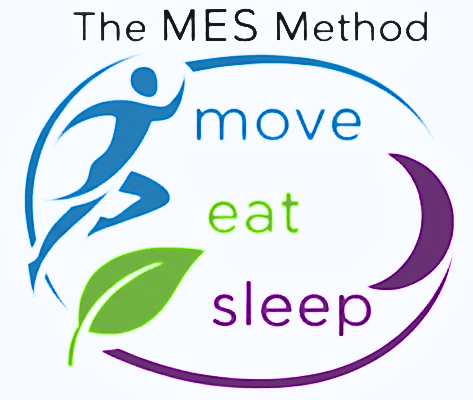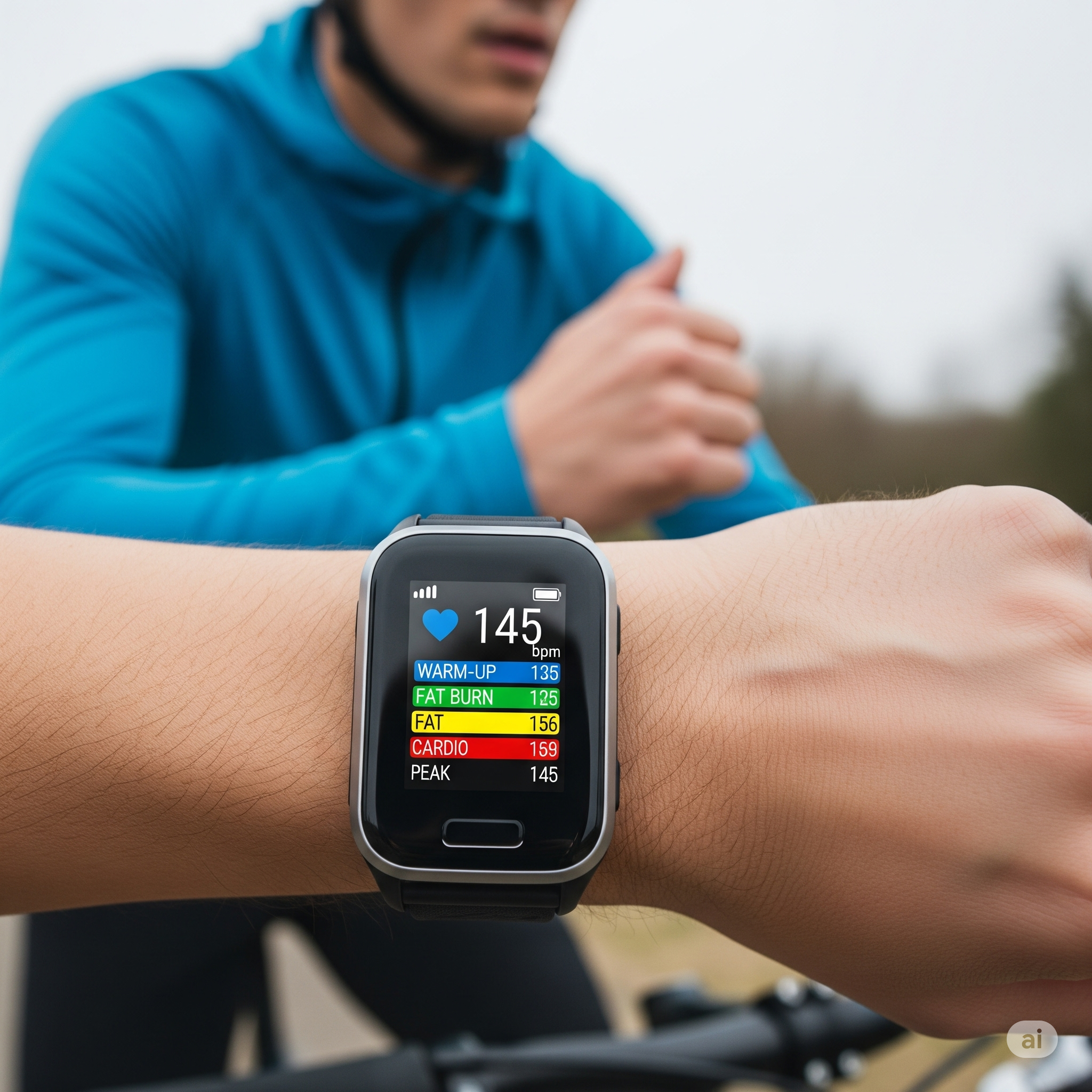Hey there, awesome to see you! Ready to make some positive changes together?
I remember when I first started my journey. The gym felt like a foreign country, and all the terms, like “heart rate zones”, sounded like a secret language. But once you break it down, it’s a powerful tool to make sure your effort matches your goals, and you’re not just spinning your wheels. The key is to work smarter, not just harder.
Based on a r/loseit Reddit discussion and a few expert summaries, let’s break down what heart rate zones mean and how they can help you on your wellness journey.
Understanding Your Max Heart Rate (HRmax)
Before we dive into the zones, you need to know your max heart rate. This is the fastest your heart can beat in a minute during intense physical activity. Don’t worry, you don’t need a crazy stress test to get a good estimate.
The most common and easy-to-use formula is: 220 – Your Age = Estimated Max Heart Rate (HRmax)
For example, for a 35-year-old like me, the calculation is 220 – 35 = 185 bpm (beats per minute). This gives you the top-end number to base your training zones on.
Note: While this formula is widely used, some studies suggest it might be less accurate for older adults. For a more precise estimate, some sources suggest 208 - (0.7 x Age) or 211 - (0.64 x Age). For most of us just trying to improve our health, the 220-age rule is a great starting point.
The 5 Heart Rate Zones and Their Benefits
Heart rate training divides your effort into five key zones, each with different benefits for your body. Think of them as gears on a bike. You use different gears for different terrain, a low gear for a steep hill, and a high gear for a flat road. Your body works the same way.
Zone 1: The Warm-Up & Recovery Zone (50-60% of HRmax) 🚶🏽♂️
- What it feels like: Very light effort. You can talk easily in full sentences.
- Best for: This is perfect for a warm-up, a cool-down, or an active recovery day (like a leisurely walk). It gets blood flowing to your muscles without putting much stress on your body. It’s a great place to start if you’re new to exercise.
Zone 2: The Endurance & “Fat Burning” Zone (60-70% of HRmax) 🏃🏽♂️
- What it feels like: Light effort. You can still hold a conversation, but you’re breathing a little heavier.
- Best for: This is the magic zone for building your aerobic base and endurance. Your body becomes really efficient at using fat for fuel here. Many runners spend a lot of time in this zone to build a strong foundation. This is where you can sustain activity for a long time.
Zone 3: The Aerobic Zone (70-80% of HRmax) 💪🏽
- What it feels like: Moderate effort. Talking becomes more difficult, you can only speak in short phrases.
- Best for: This zone starts to really improve your cardiovascular fitness. It strengthens your heart and lungs, making them more efficient at pumping oxygen. This is where you’ll start to feel like you’re getting a “real” workout, and it’s a great way to burn a good mix of fat and carbohydrates.
Zone 4: The Anaerobic Threshold (80-90% of HRmax) 😤
- What it feels like: Hard effort. You’re breathing heavily and can only say a word or two at a time.
- Best for: This zone pushes your limits. Training here improves your speed, power, and performance. You’re burning more carbohydrates for fuel and building your body’s ability to handle lactic acid buildup. These are typically shorter, intense intervals.
Zone 5: The Maximum Effort Zone (90-100% of HRmax) 💥
- What it feels like: Max effort. You are gasping for air, and this pace is unsustainable for more than a minute or two.
- Best for: This is for very short, all-out sprints in things like High-Intensity Interval Training (HIIT). It’s incredibly demanding and should be used sparingly by experienced athletes. For general wellness, most people don’t need to spend much, if any, time here.
How to Use Heart Rate Zones for Your Goals
A lot of people wonder about the “fat-burning zone.” While it’s true that your body uses a higher percentage of fat for fuel in lower heart rate zones (like Zone 2), the most important thing for weight loss is burning more calories than you consume. A higher intensity workout (in zones 3 or 4) might burn more total calories in a shorter amount of time, even if a lower percentage of those calories come from fat.
The key takeaway is to mix it up. Don’t get stuck in one zone.
- For Weight Loss: Focus on consistency. Spend most of your time in Zone 2 to build endurance, which allows you to work out for longer, and sprinkle in some Zone 3 and 4 workouts to boost your metabolism and burn more calories overall.
- For Overall Wellbeing: Spend most of your week in Zone 2. It’s gentle on the body, reduces stress, and is easy to sustain. It’s the kind of movement that makes you feel good and improves your day-to-day health.
Just remember, this is a tool to help you listen to your body and train with purpose. It’s not about being perfect, it’s about making progress. When I started, I just focused on moving my body consistently, and these zones helped me understand why some workouts felt different than others.
Keep going, and remember that every step is a win. You’ve got this!

